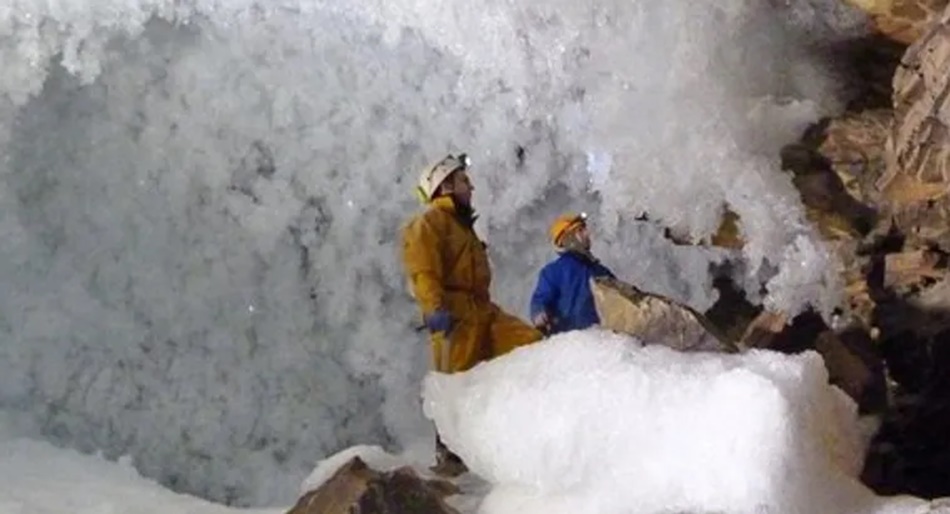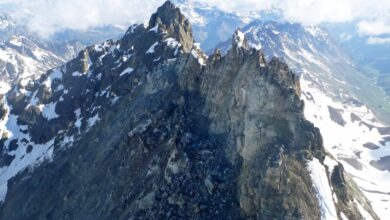Researchers find new “zombie” viruses in permafrost
Researchers have found several new virus strains in the permafrost that are viable. Even more discoveries are expected.

Scientists have discovered 13 new viruses in Arctic permafrost that are up to 48,500 years old – and can be revived. This refutes the impression “that ‘zombie’ viruses are rare and not a risk to public health,” according to a study in which the German scientist Jens Strauss from the Alfred Wegener Institute in Potsdam also worked. The paper was published on the Swiss science platform MDPI.
The French genome researcher and co-author of the study, Jean-Michel Claverie, has been studying frozen life in Siberia for some time and took a closer look at samples for the first time in 2003. In 2014, he managed to revive a 30,000-year-old virus — capable of infecting organisms. Now the researchers have found several new viruses originating from different regions of Siberia. They proved that these can still infest amoebas.
These latest strains represent five families of viruses. The oldest virus was nearly 48,500 years old based on soil radiocarbon dating. It came from a soil sample taken from an underground lake. The most recent samples found in the stomach contents and fur of the remains of a woolly mammoth were 27,000 years old.
“We know they are there”
The viruses do not attack humans, but initially target amoebas. But that is no reason to give the all-clear. “We are looking at these amoeba-infecting viruses as a surrogate for any other possible virus that might be in the permafrost,” Claverie told CNN. He found other traces of pathogens. “We know they’re there. We don’t know for sure if they’re alive. But if amoeba viruses survive, then there’s no reason why others can’t and then infect their target organisms.”
A woman’s frozen body was found in Alaska in 1997, with remnants of the 1918 Spanish flu discovered. Chickenpox was found in a corpse from Siberia. However, these were not viruses that could be revived.
Frost ground is thawing
A quarter of the northern hemisphere is covered by permanently frozen ground, the so-called permafrost. Due to global warming, large areas are thawing. “Some of this organic matter also consists of revived cellular microbes (prokaryotes, unicellular eukaryotes) as well as viruses that have remained dormant since prehistoric times,” the researchers write in their paper.
So far, the primeval viruses have been thawed and examined in laboratories. Whether they also come to life in the normal environment and whether they can infect humans cannot be deduced from the studies. Birgitta Evengård, professor emeritus at the Department of Clinical Microbiology at Umea University in Sweden, told CNN that the risk posed by potential pathogens as the permafrost thaws should be better monitored. However, she warned against an alarmist approach. “It’s right to have respect for the situation and to be proactive and not just reactive. And the way to fight fear is to have knowledge.”


